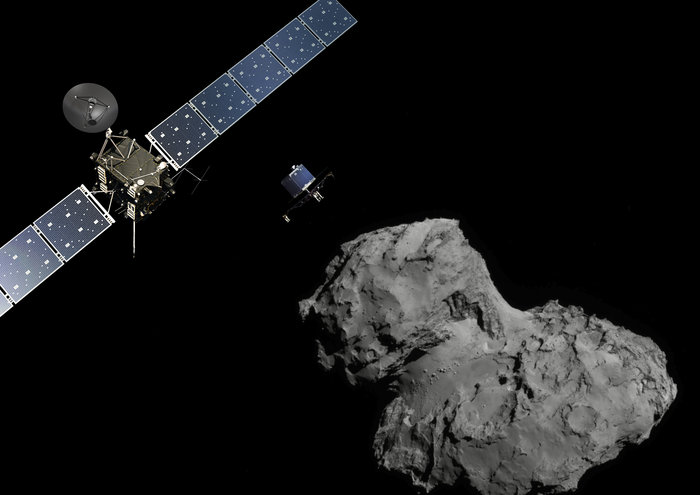Comet Commotion
Image courtesy of the European Space Agency.
Spacecraft Rosetta successfully deployed its lander on Comet 67P/C-G on November 12 of this year.
After over a decade since its launch in 2004, the spacecraft Rosetta successfully reached comet 67P/Churyumov-Gerasimenko (comet C-G) on November 12, 2014, making it the first spacecraft in history to ever successfully land on a comet.
Dr. Claudia Alexander, JPL (Jet Propulsion Laboratories)/ NASA (National Aeronautics and Space Administration) scientist and project manager for the Rosetta mission, said that Rosetta has one main focus: the science of the origin of the universe.
“It is a very unique kind of question, with very confusing, conflicting sort of evidence. In other words, it is the most unique puzzle of all the puzzles dealing with comets,” she said.
Other objectives for Rosetta’s mission include gathering material samples from which the original solar system evolved, studying the material’s nuclei and composition, and observing how its surface changes with varying proximity to the Sun. Rosetta will also produce some of the first ever images from the surface of a comet.
After 15 years and $1.72 billion worth of developments, the Rosetta mission began its long journey to space on March 2, 2004. “It was a great feeling [knowing that Rosetta had been completed],” said Alexander. “We had a successful launch, and knew that the mission had great chances of success.”
Rosetta, at about 32 meters long, spent the last ten years hurdling through space at speeds up to 135,000 kilometers per hour in a quest for Comet 67P/C-G, one of the billions of comets in our solar system. The spacecraft underwent four gravity assists (three from Earth and one from Mars) helping it to its destination, and traveled a cumulative distance of about 4 billion miles.
Rosetta is also expected to aid in expanding the scientific community’s understanding of comets. “I was very interested in learning how the comet works as a machine,” said Alexander during an e-mail interview. “What makes this weird, extraterrestrial type of icy material respond the way it does to the Sun and create a tail and coma? What is its thermal conductivity and the structure of its regolith? Those were mysterious to me, and we are learning great new things about those topics right now!”
The comet is estimated to have dimensions of close to three by five kilometers across and can be easily tracked because of its disposition as a regular visitor to Earth’s inner solar system.
A project involving over 20,000 people, Rosetta was developed by the ESA (European Space Agency), with three instruments contributed by JPL/NASA. Part of Alexander’s role was to represent NASA when working with their European counterparts at the ESA.
Alexander said that collaborating with European scientists was a learning experience. “Working with the Europeans is a distinct pleasure. Europe is composed of many different cultures, sort of like the US, but without the unifying constitution,” she said. “We wanted to be good partners, to be the sort of partner that other agencies would seek out to work with.”
Rosetta is expected to operate successfully for twelve years after its successful landing in November, and is hoped to help foster U.S. relations with other leading world science institutions like the ESA, in addition to collecting valuable data.
“Working hard to make JPL/NASA a great partner has been one of the best experiences of my life,” said Alexander. “[Through Rosetta], I hope to make a contribution towards understanding how and why our solar system formed the way it did.”
To remain updated on the comet’s status and the ongoing Rosetta mission, click here.
Editor’s note: Dr. Claudia Alexander passed away of breast cancer at the age of 56, less than six months after this story was published. It was a pleasure and an honor to interview Dr. Alexander, and I will be forever grateful to have experienced the passion she had for what she did. Alexander is survived by her sister Suzanne Alexander in Pasadena, California.

Hello friends! My name is Athena, and I'm the Editor-in-Chief of this wonderful publication. As this is my fourth year on the Stinger staff, I hope to...

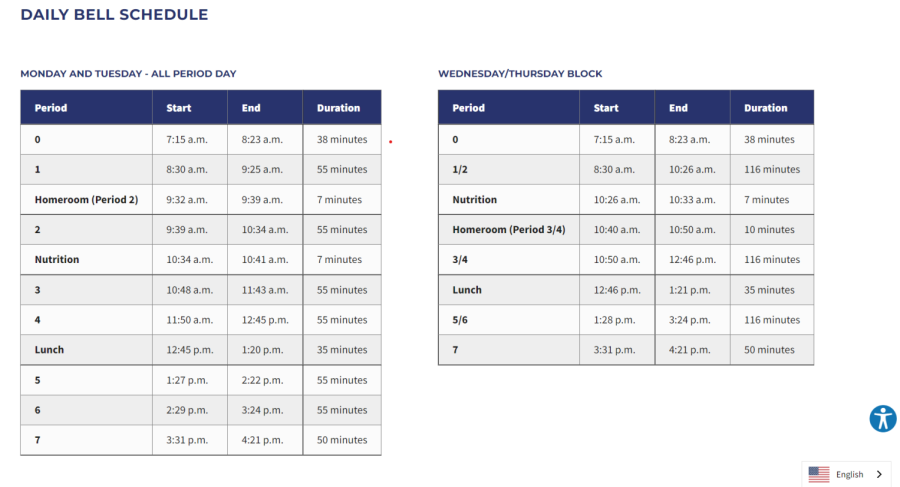

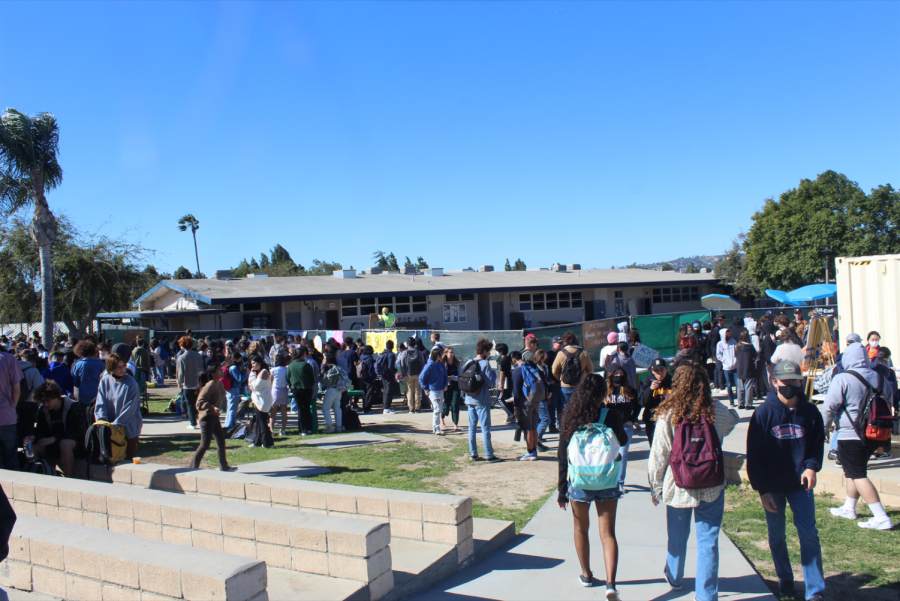







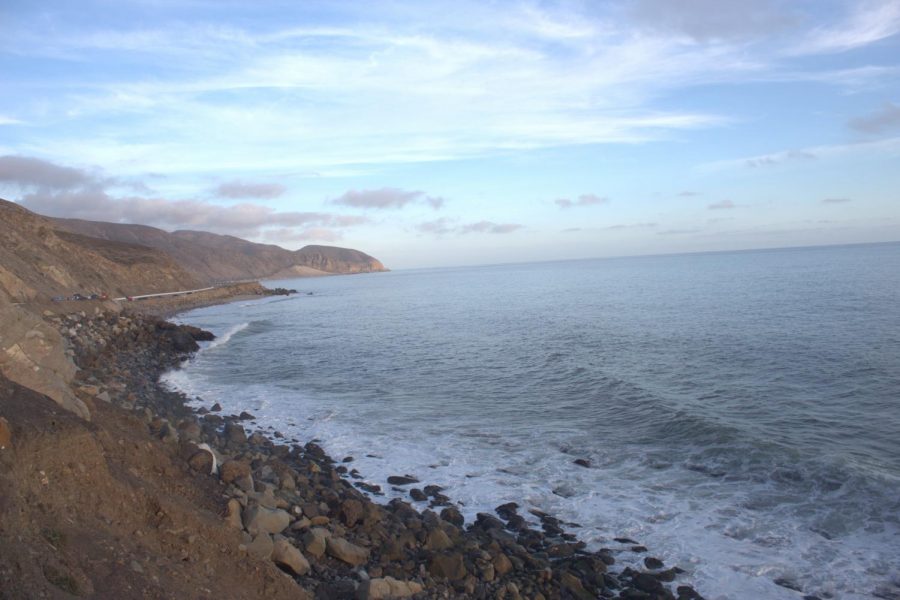







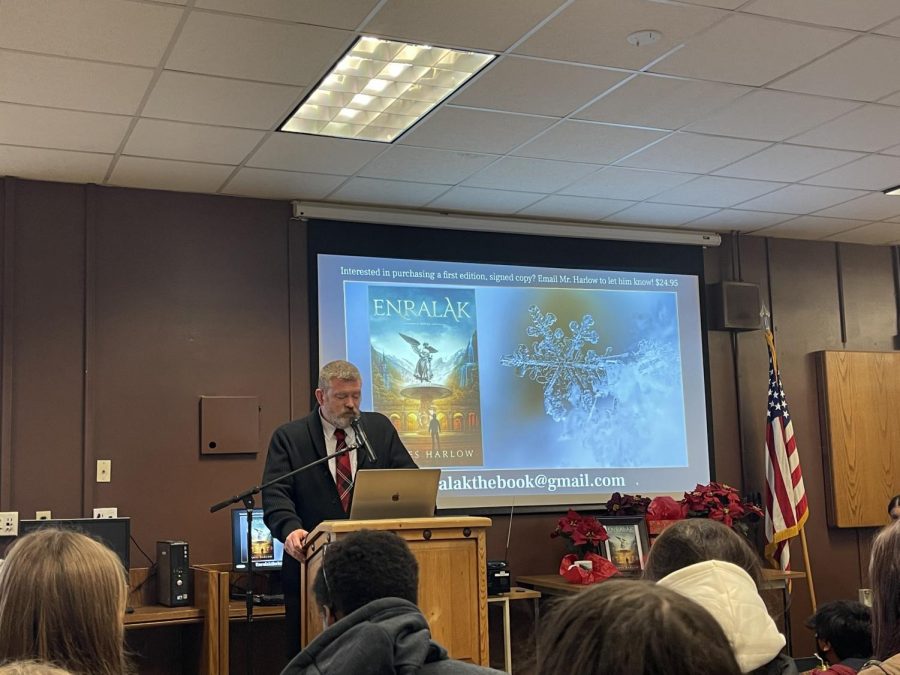
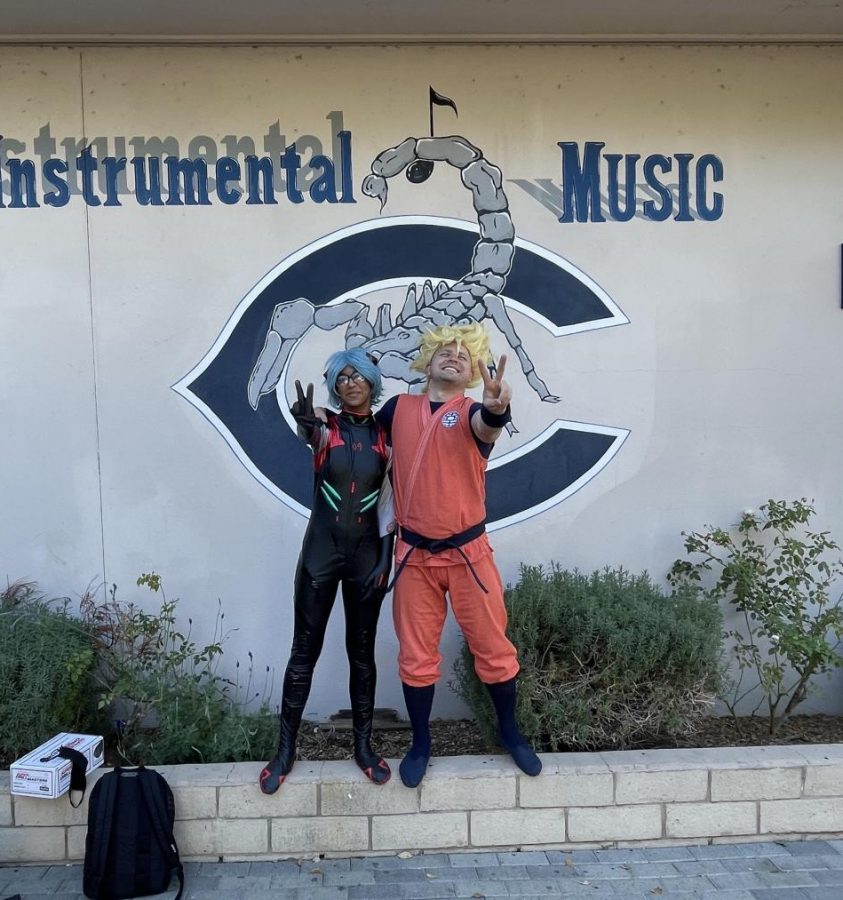

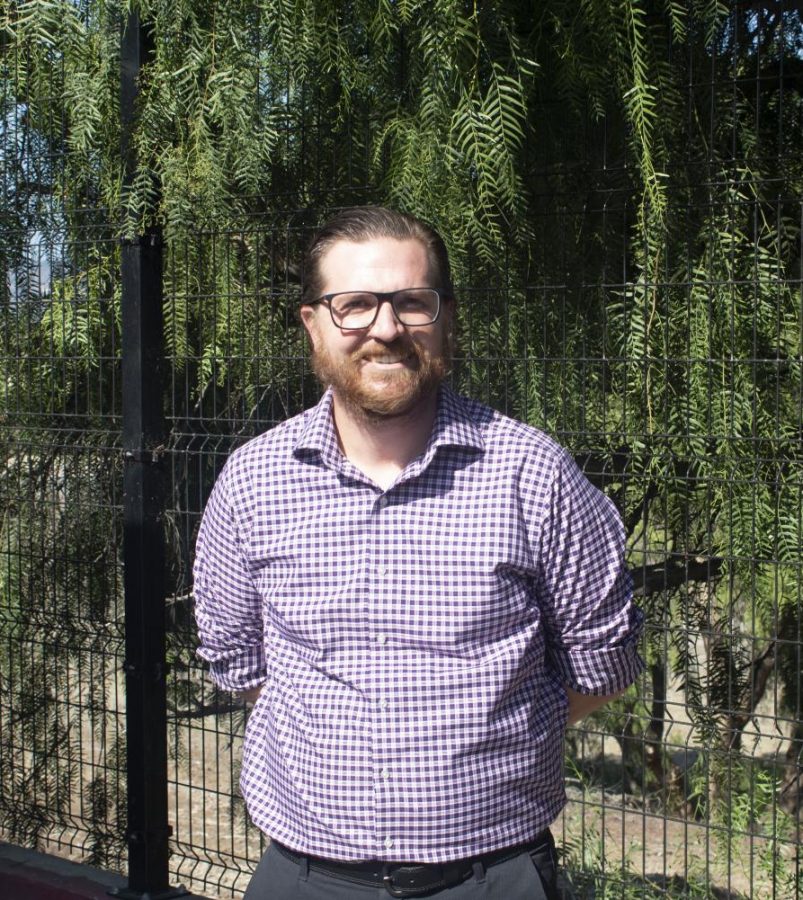

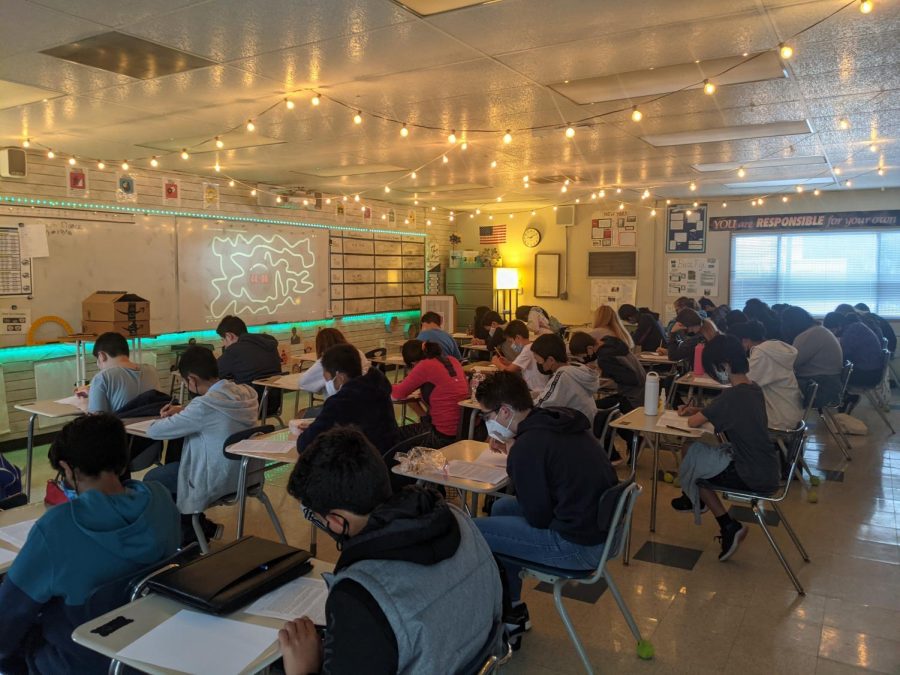













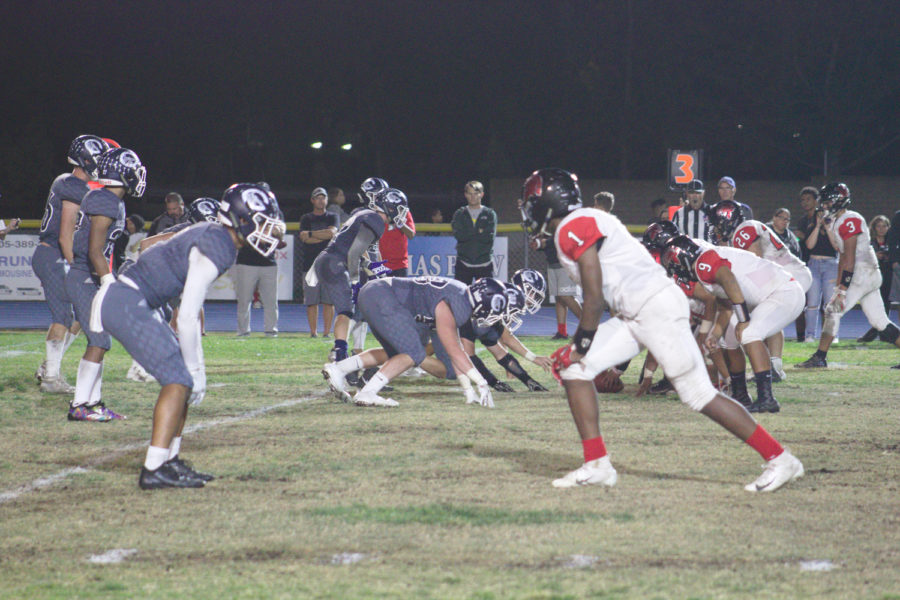








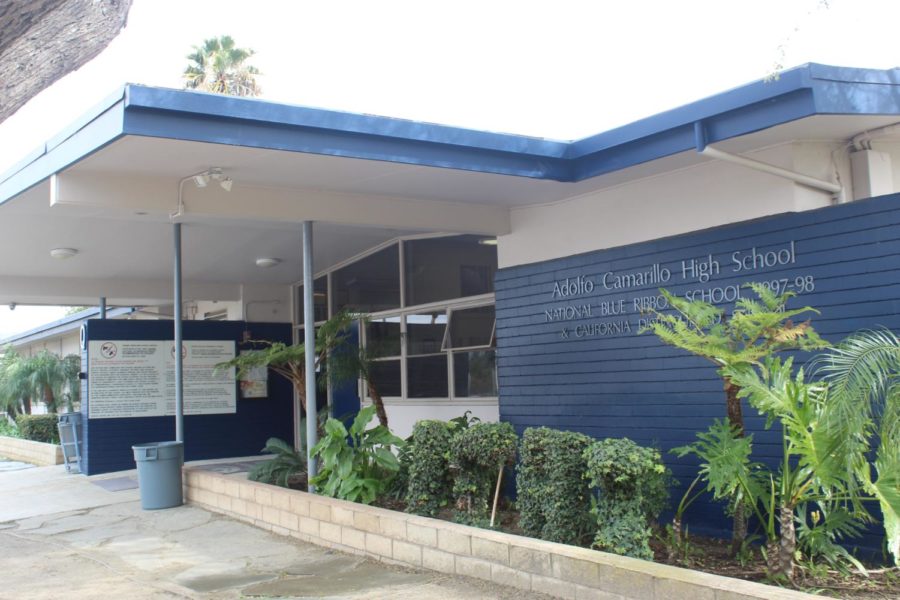


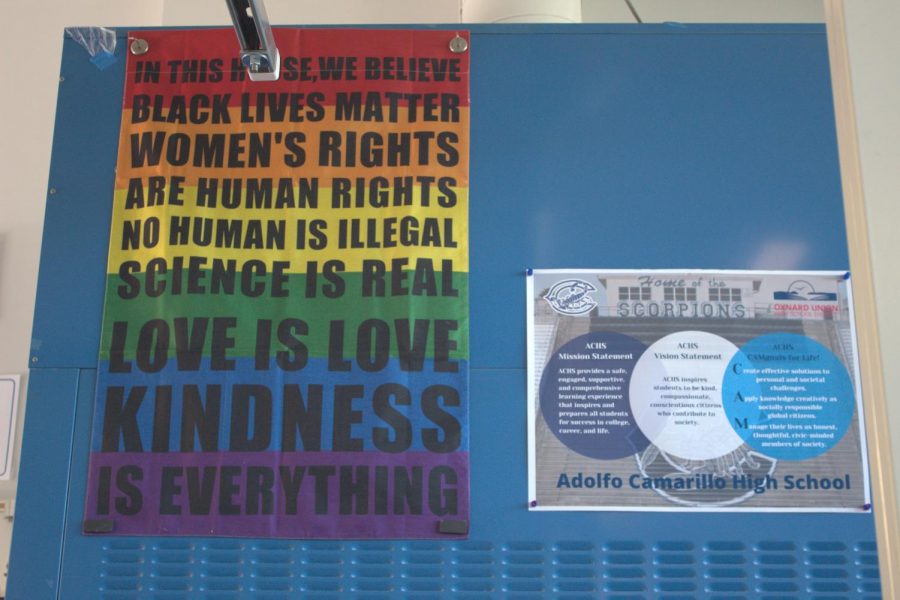












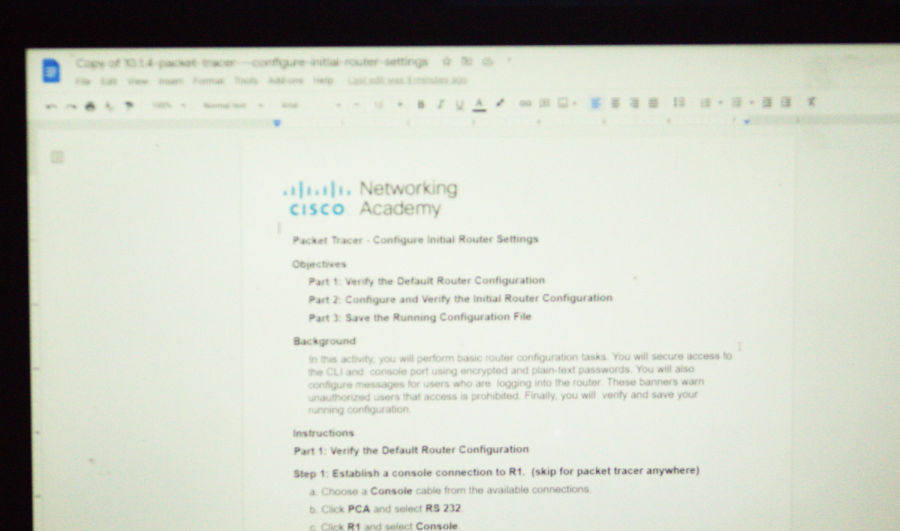


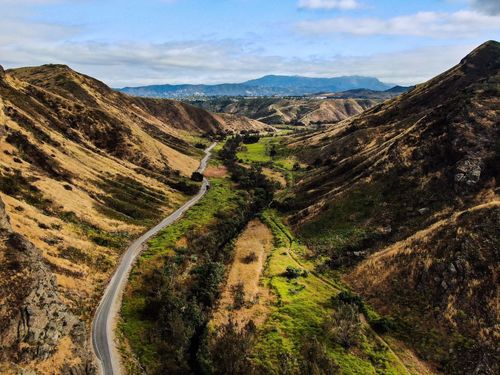
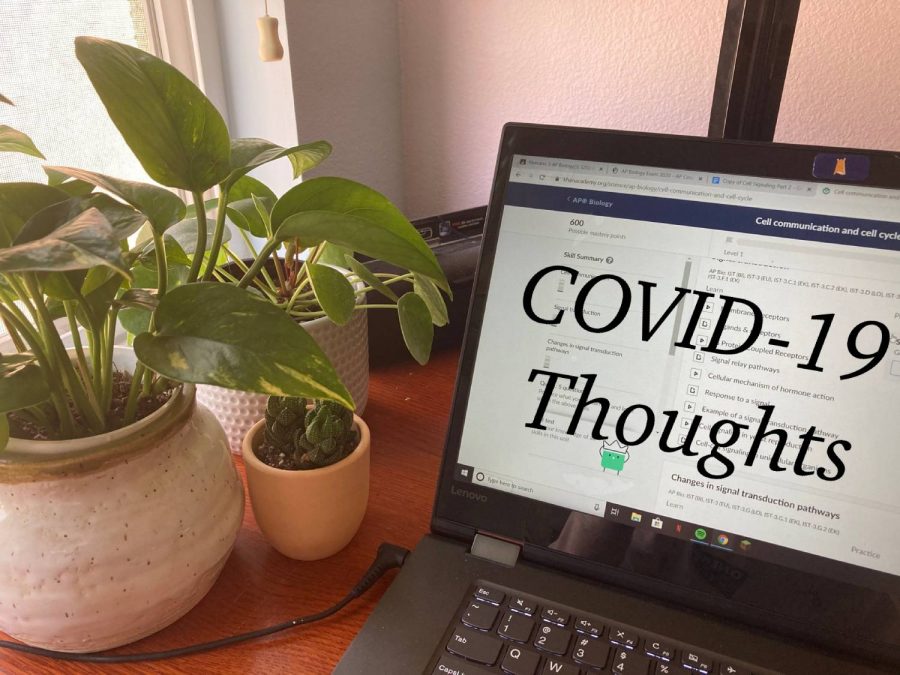







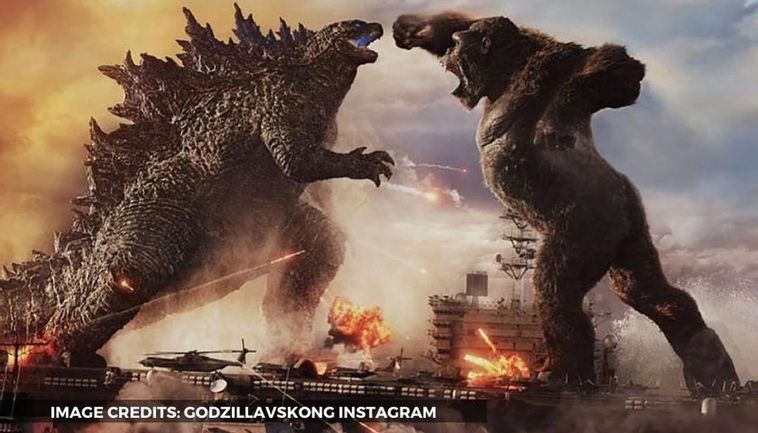





![Senior Ditch Day... Relaxation or Truancy? [Video]](https://achsstinger.com/wp-content/uploads/2017/10/IMG_7119-900x599.jpg)
![Heavy Rain Hits Cam High [video]](https://achsstinger.com/wp-content/uploads/2017/02/maxresdefault-900x506.jpg)



